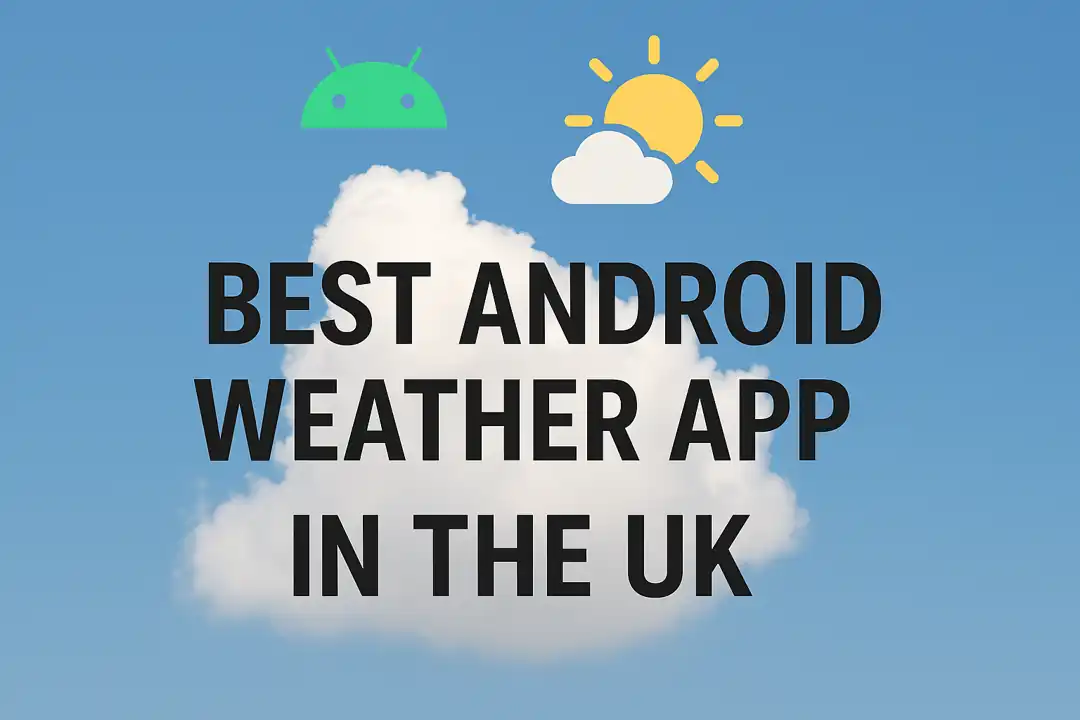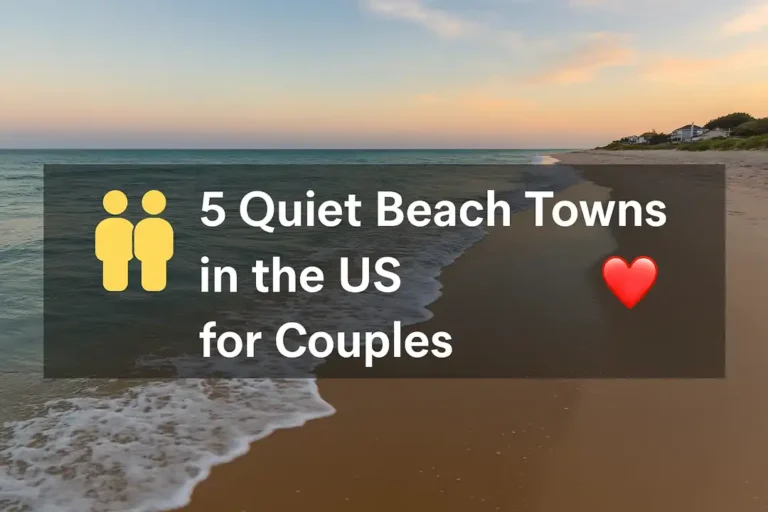In the United Kingdom, the weather can change almost immediately; it can catch you unawares, so you obviously need to have a good weather app on your Android device.
A good weather app can help you to avoid being in a helpless situation. In this blog post, we’ll look at some of the best Android weather apps used in the UK.
1. BBC Weather:
The BBC Weather app is a popular one with many in the UK. The app is very credible; it also has a high degree of accuracy, and it can give you comprehensive weather forecasts for locations across the country.
You can access detailed hourly and 10-day forecasts, as well as some other information like the wind speed, UV levels, and pollen counts.
2. AccuWeather
AccuWeather is one of the best weather apps in the UK. With this app, you’ll get access to some weather forecasting information.
One of its prominent features is MinuteCast, which offers minute-by-minute forecasts for the next four hours.
Some of the forecasts include when it’s going to start raining and when it’s going to stop, so you’ll definitely know how to plan your movements better.
You will equally get access to temperature details. This feature is very useful, especially if you are planning to go for an outing.
It will help you to avoid the rain. The app also has some standard weather information. You will be able to check daily temperatures, conditions, and even future forecasts.
You will also receive allergy information and display severe weather alerts. Although the free version is good, the paid version comes with more features, such as expert weather analysis.
However, some critical weather safety information is only available behind a paywall; this often raises concerns about accessibility.
AccuWeather’s policy mentions the collection of personal data, cookies, and information about nearby devices. You can easily download the AccuWeather app for Android for free on Google Play.
Subscriptions are available for an ad-free experience at $1 per month ($9 annually) or the premium version at $2 per month ($20 annually).
3. Met Office Weather:
The official Met Office Weather app is trusted by many in the UK. You will be given location-specific weather forecasts, severe weather warnings, and detailed weather maps.
They are the UK’s national meteorological service, so the Met Office is a very good source for you to get weather information within the UK.
4. WeatherBug
The WeatherBug app is good, especially if you have any intention of staying outdoors for long.
It offers you an Outdoor Sports Index on its homepage, which rates the day’s weather on a 1 to 10 scale for outdoor activities.
If there are lower scores, then it indicates perfect conditions, while high scores advise you against outdoor plans. Beyond this feature, WeatherBug will also give you standard weather information.
You can simply have access to information like the daily temperatures and humidity. It even tracks the proximity of the latest lightning strike within 30 minutes of your location.
WeatherBug collects your personal information, including name, address, gender, and interests. This has raised privacy concerns.
You can freely download the WeatherBug Android app from the Google Play Store. You also have the option to subscribe for $1 per month or $10 annually.
5. The Weather Channel:
For those who want weather information at their fingertips, The Weather Channel app is capable of delivering. With the app, you’ll be able to receive reliable forecasts. You can also read radar maps and severe weather alerts easily.
This app is cool if you want to have information on changing weather conditions and any potential weather issue.
6. The Clime
The Clime app comes with a premium weather experience for its paid subscribers. It stands out with its extensive radar features.
Unlike other weather apps that display temperature and precipitation, Clime’s radar gives you cloud coverage; you get to know the snow depth and even track active fires and hotspots.
No doubt the app does give standard weather information like current temperatures, rain probabilities, and feels-like temperatures, but its primary focus is on the radar, which takes center stage upon opening the app.
However, the app’s layout might be confusing to those who are not used to seeing current weather information displayed at the top of the homepage.
In Clime’s case, this data is pushed to the bottom of the homepage. To prevent unnecessary data retention, you are encouraged to inform the service when they stop using it.








